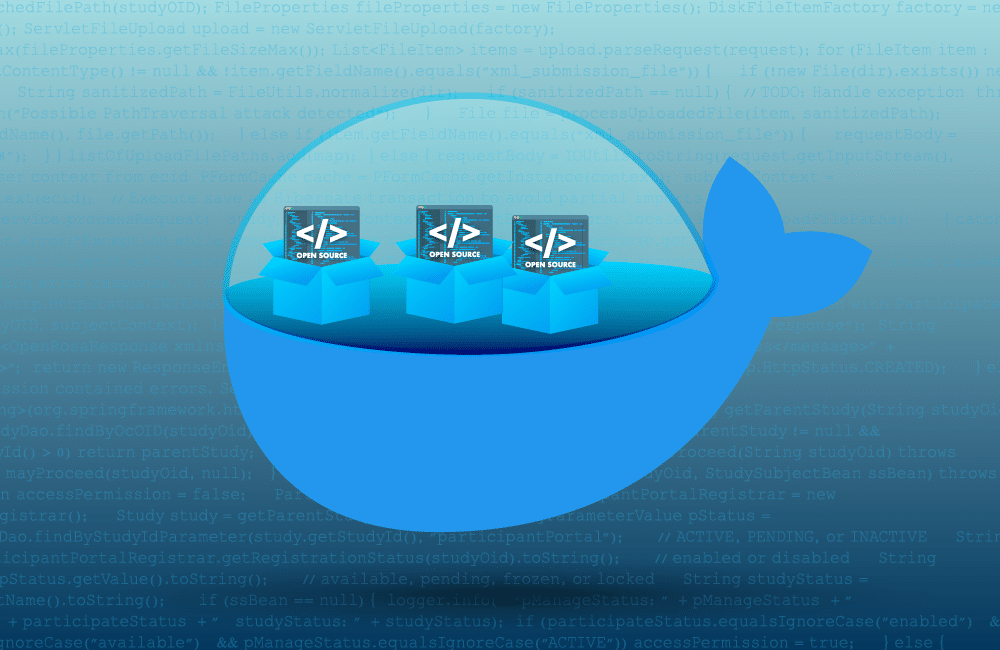While Docker containers offer numerous advantages, they also come with some challenges and limitations. Here are some of the disadvantages of using Docker containers:
-
Complexity of Orchestration:
- Orchestrating Docker containers at scale, especially in distributed and multi-cloud environments, can be complex. Managing networking, storage, load balancing, and service discovery across containers requires expertise and specialized tools like Kubernetes or Docker Swarm.
-
Security Concerns:
- Docker containers introduce new security considerations, including vulnerabilities in container images, container escape attacks, and privilege escalation risks. Misconfigurations or insecure container images can expose organizations to security threats and compliance issues.
-
Performance Overhead:
- While Docker containers are lightweight compared to virtual machines, there is still a performance overhead associated with containerization. Additional layers of abstraction, container runtime overhead, and sharing the host kernel can impact application performance, especially for latency-sensitive workloads.
-
Persistence and State Management:
- Docker containers are designed to be stateless and ephemeral, which can pose challenges for applications that require persistent storage or stateful components. Managing data persistence, state synchronization, and database migrations within containers requires careful planning and additional tooling.
-
Networking Complexity:
- Networking in Docker containers can be complex, especially in multi-container applications or microservices architectures. Configuring and managing network overlays, service discovery, load balancing, and security policies across containers and hosts require advanced networking knowledge and tooling.
-
Resource Constraints:
- Docker containers share the host operating system's resources, including CPU, memory, and disk I/O. Resource contention between containers on the same host can lead to performance degradation, especially during periods of high workload or resource contention.
-
Version Compatibility Issues:
- Docker containers are dependent on the underlying host operating system and container runtime. Ensuring compatibility between different versions of Docker, container runtimes, and host environments can be challenging, especially in heterogeneous environments with diverse infrastructure.
-
Dependency Management:
- Docker containers encapsulate application dependencies, but managing dependencies within container images can become complex, especially for large or monolithic applications. Dependency bloat, outdated libraries, and security vulnerabilities can increase image size and maintenance overhead.
-
Learning Curve:
- Adopting Docker containers and containerization practices requires a learning curve for developers, operators, and IT teams. Learning Dockerfile syntax, container orchestration tools, best practices for container security, and troubleshooting containerized environments can take time and resources.
-
Vendor Lock-in:
- While Docker promotes portability and avoids vendor lock-in, organizations may still face challenges when switching between different container runtimes, orchestration platforms, or managed container services. Customizations, integrations, and ecosystem dependencies can lead to vendor dependencies.
Despite these challenges, Docker containers remain a popular and widely adopted technology for building, packaging, and deploying applications in modern cloud-native environments. Effective planning, proper training, and leveraging best practices can help mitigate these disadvantages and maximize the benefits of Docker containerization.
Thank you,

